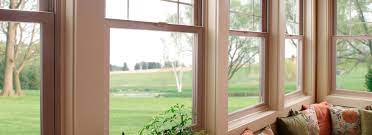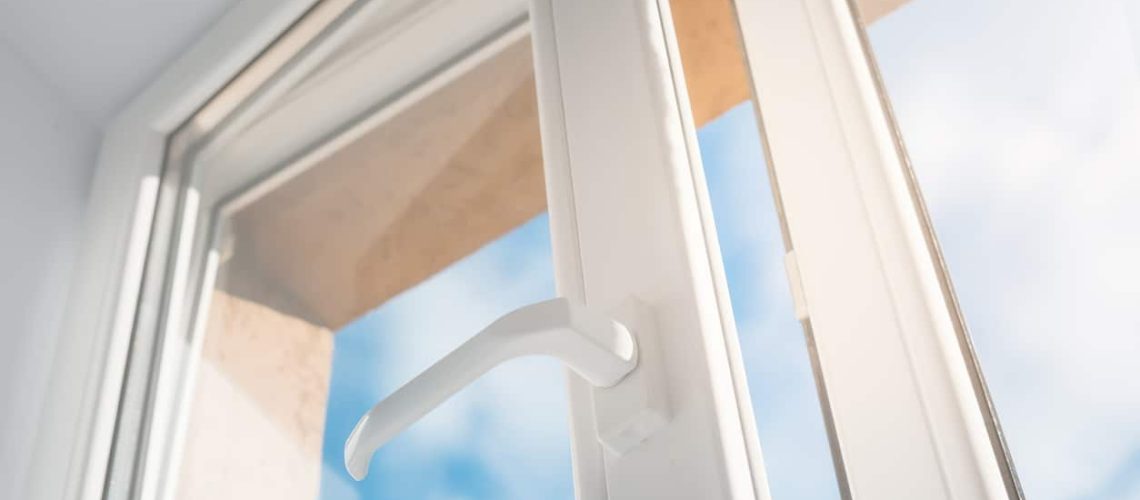When it comes to choosing the perfect window style for your home, many factors come into play. From the type of architecture, the climate, to personal preferences, there’s a lot to consider. One style that’s become increasingly popular is the awning window. Awning windows are known for their functionality, style and have a unique way of opening that makes them a popular choice for homeowners. In this article, we’ll delve deeper into awning windows, what they are, their benefits, and drawbacks, and everything else you need to know about them.
What are Awning Windows?
Awning windows in Melbourne are named after the function they provide: they act as an awning, opening outward and up. They hinge on the top of the frame and have a bottom panel that opens outward. Awning windows can be installed alone, or paired with other types of windows. They’re commonly used for basements and attics, as well as above doors and windows.
Benefits of Awning Windows
One of the biggest advantages of awning windows is their energy efficiency. They’re designed to be tight-fitting and seal off any openings that may allow air in or out of the house. This sealing makes them an excellent choice for climates with extremes in temperature. Another benefit is the design. Awning windows are stylish and add a modern touch to the home. Additionally, since they allow air in from the top, they can be left open even when it’s raining. This is invaluable for homeowners who like fresh air but don’t want their homes to get wet.
Drawbacks of Awning Windows
Despite their many benefits, awning windows do have some drawbacks. One downside is that since they only open from the bottom, they can pose a security risk. Additionally, they don’t offer the same view as other types of windows because the bottom panel is usually obstructing the view. Finally, awning windows are more difficult to clean. They are positioned above eye level, and homeowners may need to use a ladder to clean them.
Maintenance of Awning Windows
Awning windows don’t require a lot of upkeep, but homeowners must clean the sill periodically. Dirt and debris can accumulate on the sill and prevent the window from closing completely. Additionally, the seals around the window must be inspected annually to ensure there are no gaps that could increase energy costs.
Awning Window Installation
When installing, homeowners must choose a professional window company in Melbourne with the right experience. Poor installation could result in water entering the home through the window. The framing must be correct, and the installation must be tight. During installation, homeowners can also opt to add accessories like screens or grilles.
Conclusion
Awning windows can be a great addition to any home. They provide energy efficiency, style and a unique way of opening that homeowners love. However, they also have drawbacks and require proper maintenance. For homeowners, it’s important to understand what awning windows are, how they work, and their pros and cons. With this knowledge, they can determine whether they’re the right choice for their home.

